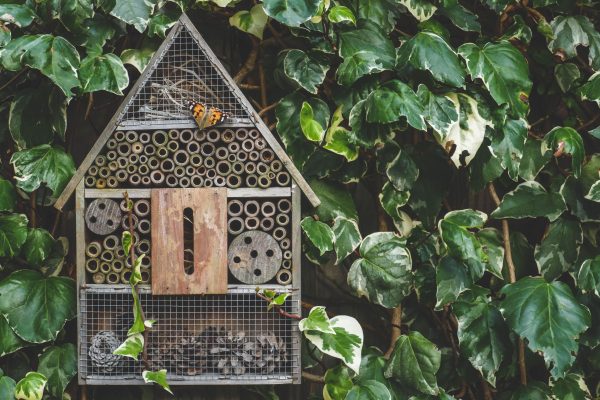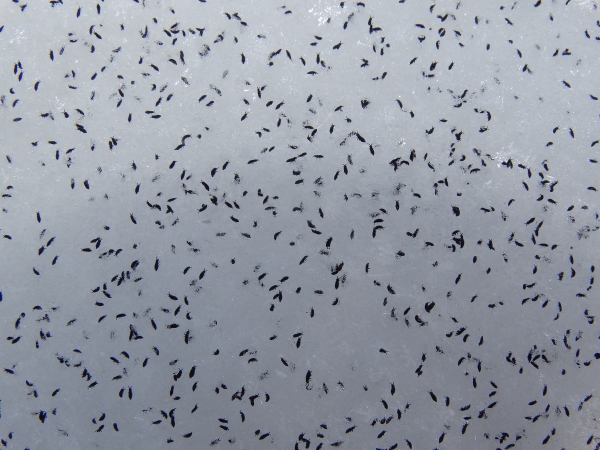Bug Cages: How You Can Make One
Remember when playing with bugs was fun? A DIY bug habitat can provide free entertainment for the kids along with a little entomology education. A homemade bug cage is also a fantastic way to keep insects to feed pet lizards or frogs.
Whatever your goal, you can make a bug environment with a few supplies that you might already have at home.
If insects are more of a problem at your house than a fun observational opportunity for the kids, then give us a call at 1-855-275-2563
or request a pest removal quote online.
Related Topic: Where Do Mosquitoes Live?
DIY Bug Cage Craft
To begin creating the homemade bug habitat, gather the following supplies:
- Large, empty, clean plastic jar with a screw-on lid, such as economy-sized peanut butter or nut jar
- Safety razor knife with a good handle
- Hot glue gun
- Fiberglass window screen material from the hardware store
- Pencil
- Scissors
To make the bug cage, take the following steps (adult supervision is recommended to use the knife and hot glue gun):
- Use the safety razor knife to cut a circular shape out of the jar lid. Use leverage and move the knife in a circular motion to cut the opening all the way to the lid’s edge.
- Use the safety razor knife to cut another circular or rectangular opening on the side of the jar. Depending on the thickness of the plastic, you may also use scissors for this cut.
- Take a section of the window screen and use scissors to cut a piece the size of the lid opening.
- Use the hot glue gun to apply glue beads around the inside of the lid next to the opening.
- Place the window screen circle inside the lid, using the pencil to press the screen into the glue to adhere.
- Cut out another section of the window screen material to fit the opening on the side of the jar.
- Use the glue gun to apply beads of glue to the outside edge of the plastic cutout.
- Place the window screen section over the glue to cover the side opening. Use the pencil to adhere the screen to the glue.
- After the glue has dried, use scissors to trim away any excess window screen material.
Now your homemade bug cage is ready to use and features plenty of ventilation for insects to breathe.
These environments are ideal for crickets, millipedes, stick insects, mealworms, praying mantis, and caterpillars. Of course, some bugs, like mosquitoes and ticks, are better off dealt with by professionals!
There’s No Need for Homemade Bug Cages with Mosquito Joe
While a DIY bug cage can be a safe and secure way to bring invited insects into the home, no homeowner wants a mosquito or tick problem on their property.
For help dealing with unwanted pests, call your local Mosquito Joe for safe and effective barrier spray treatment. Our pest control professionals provide year-round protection to keep you and your family safe. Give us a call at 1-855-275-2563 or schedule an appointment online today.








